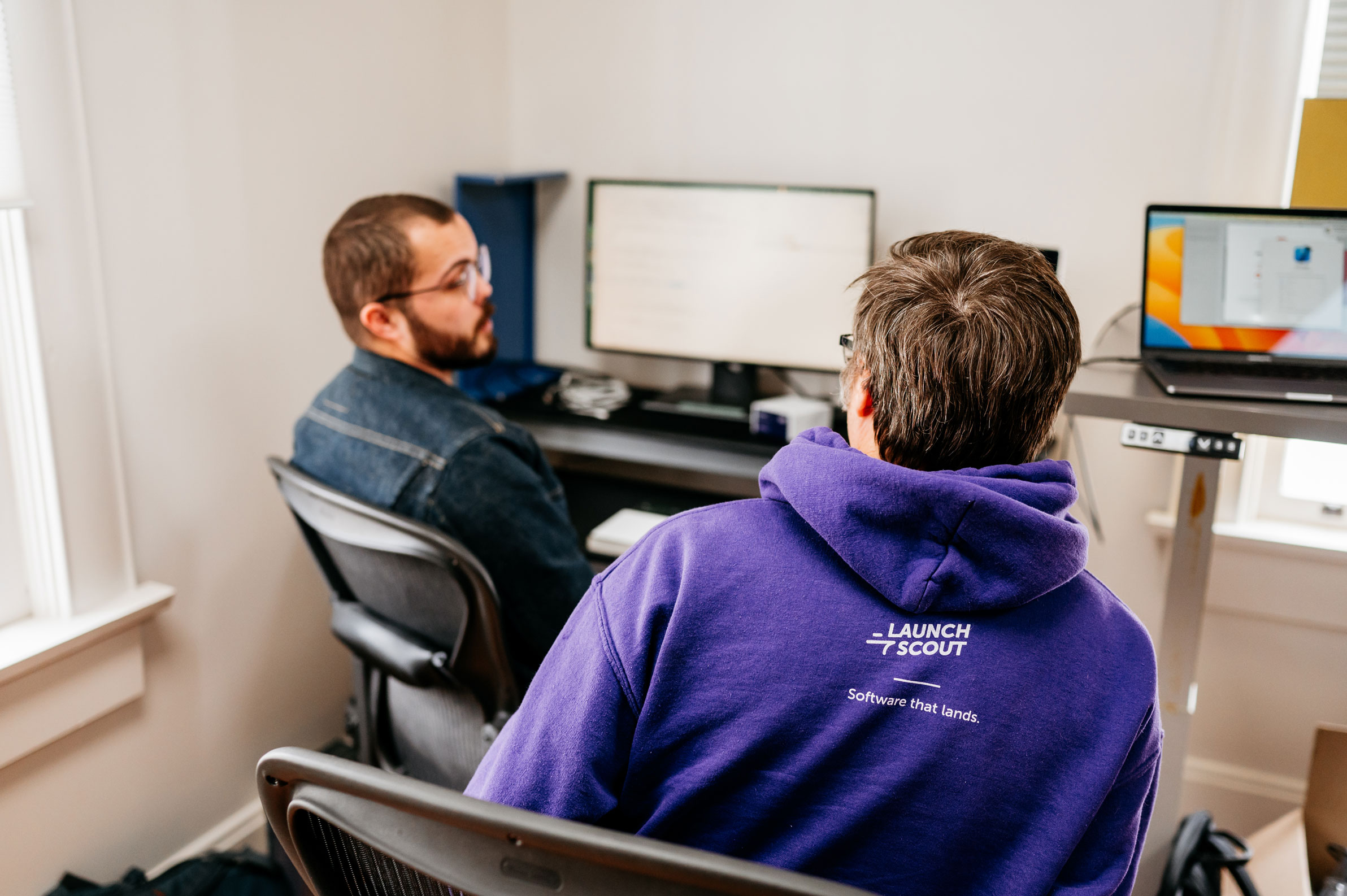
17 June 2020
Agile Process in the COVID-19 Crisis
Things changed overnight for one of our clients and our team. With the call to implement a stay-at-home order came an immediate influx in site traffic and a drastic shift in feature prioritization. The team had to work toward being proactive in this situation as opposed to reactive and work towards being more strategic amidst the chaos.
Along with the increased pressure and workload came other changes, both positive and negative. The added pressure and quantity of requests forced the team to make the hard decision to forego pair programming, something that we find invaluable. But the changes weren’t all bad. They also saw everyone stepping up to help each other, particularly in the QA process, and an increase of deployments to production.
Even though COVID-19 brought a lot of changes with it, some things have remained constant—the majority of the team’s processes have stayed in place. It turns out that agile practices are built for this kind of thing. Being able to adapt to changing priorities and continuous deployment has helped the team to remain successful despite all the unknowns.
Some takeaways
- Managing your technical debt is important. That means prioritizing maintenance-type work over new feature development is important to do at some regularity. If you don’t, a situation like this is only going to shine a spotlight on the areas of your product you didn’t care for along the way.
- The work we do matters. Working on a product with such high usage has highlighted that recently. Yes, we’re typing code into a terminal, but we’re also building products that make a difference in people’s lives.
- Maintaining communication, particularly face-to-face (video) where you can see people, is key. Having face-to-face communication, even if it’s over video, helps to prevent miscommunication and provides some social and personal connection.
- Practice empathy. Everyone is handling this situation differently. Some are loving the change of pace, others are really struggling with it. Realize that we’re all different and be willing to support each other when need be. We’re all in this together.
We’re in the middle of a pandemic and it’s affecting everyone in some way. A lot of things have changed, some things have stayed the same, and a lot of things will continue to change. The important thing is that we adapt, re-prioritize, and empathize with those around us.


